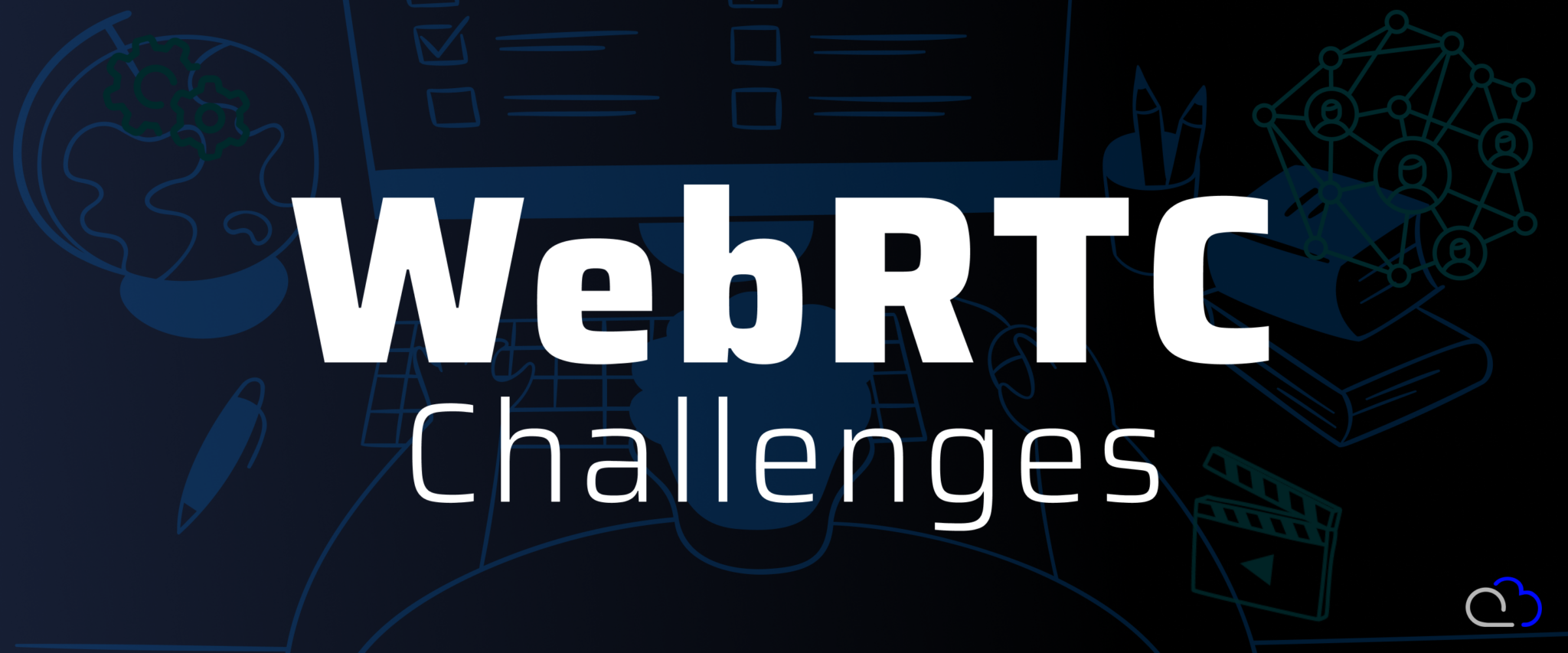
WebRTC integration has become a game-changer for enabling seamless real-time communication on the web. However, it is not without its challenges, especially for businesses looking to incorporate this technology into their services. At FastoCloud , we have developed robust solutions to overcome these obstacles, providing our clients with easy-to-use, secure, and user-friendly streaming and communication experience through our product. Let’s explore technical aspects of each challenge and explain how our technology resolves them:
1. Security and Privacy Concerns:
Security is a top priority for any business dealing with real-time communication. We understand the paramount importance of security and privacy. To safeguard user data and prevent unauthorized access, we have implemented robust encryption and authentication mechanisms on our server-side.This approach ensures that sensitive information and content stay protected.
2. Firewall and NAT Traversal:
Dealing with firewalls and Network Address Translation (NAT) configurations can disrupt direct peer-to-peer connections. Our solution involves placing our services on the client’s side and testing extensively. We also turn off firewalls on client-required ports to ensure smooth communication across different networks.
3. Browser Compatibility:
WebRTC is widely supported by browsers, but small differences in how it’s implemented can cause problems with compatibility. To make sure everyone has a smooth experience, it’s important to thoroughly test it on different browsers and versions. At FastoWebRTC, we overcome this by using the Flutter framework library and building our SDK around it. This approach ensures seamless integration and compatibility with various browsers, simplifying the development process and enhancing cross-platform support.
4. Scalability and Load Balancing:
As user demand increases, backend infrastructure must scale effectively to manage more connections. We do this by customizing the number of servers for each client, based on their specific needs and potential peak loads. We have implemented a highly scalable infrastructure with efficient load balancing, ensuring great performance even during periods of high usage, while also providing resource efficiency and keeping costs down.
5. Quality of Service (QoS):
Providing good audio and video even when the internet isn’t great is really important. We use open-source GStreamer in our product, utilizing adaptive bitrate techniques and optimizing media handling. These strategies ensure enhanced QoS, enabling users to have a smooth video and audio experience, even if their internet is slow.
6. Mobile Device Support:
Supporting WebRTC on mobile devices presents challenges due to hardware and operating system diversity. Using Flutter also helps adjust the service for different mobile setups, making sure everyone gets the same good experience.
7. Integration with Existing Infrastructure:
Companies with existing platforms might have trouble adding WebRTC. Making special APIs and middleware to connect old systems and WebRTC is important for a seamless change.Our FastoCloud Pro product comes with WebRTC included by default. For clients who lack the desire or ability to handle the integration themselves, we offer the expertise of our professionals. They will efficiently handle the integration, saving both time and money, ensuring a smooth and optimized setup.
8. Regulatory and Compliance Issues:
Industries with strict regulatory requirements need to make sure their WebRTC setup follows data rules. This might need extra work. We solve this by keeping everything on the client’s servers. This approach helps our clients maintain compliance with relevant regulations and minimize potential data privacy concerns.
9. Latency and Bandwidth Management:
High latency and limited bandwidth can impact real-time communication performance. Optimizing data streams and prioritizing critical traffic are essential to minimize latency and improve overall service quality. Our optimization methods provide ultra low latency, guaranteeing a real-time experience even in difficult network conditions. This is particularly vital for IPTV/OTT networks, eliminating the need for CDNs.
10. User Experience:
Creating an attractive and easy-to-use interface is essential to drive user adoption.Our clients have the freedom to create a personalized UX/UI using our SDK or request assistance from our team for custom solutions. We believe that a user-friendly and intuitive interface fosters customer satisfaction and loyalty.
Integrating WebRTC in businesses comes with technical challenges that need special attention and solutions.
FastoWebRTC takes care of these challenges for you. Our expertise and customer-focused approach let you leverage WebRTC effortlessly and affordably. Benefit from better collaboration, customer support, and engagement, giving your business a digital edge. Trust us to manage obstacles and provide top-quality streaming and communication experiences for your users.
As a first step, you can simply try our FastoWebRTC player for free and experience all of its features: Try for Free.
Blog FastoCloud